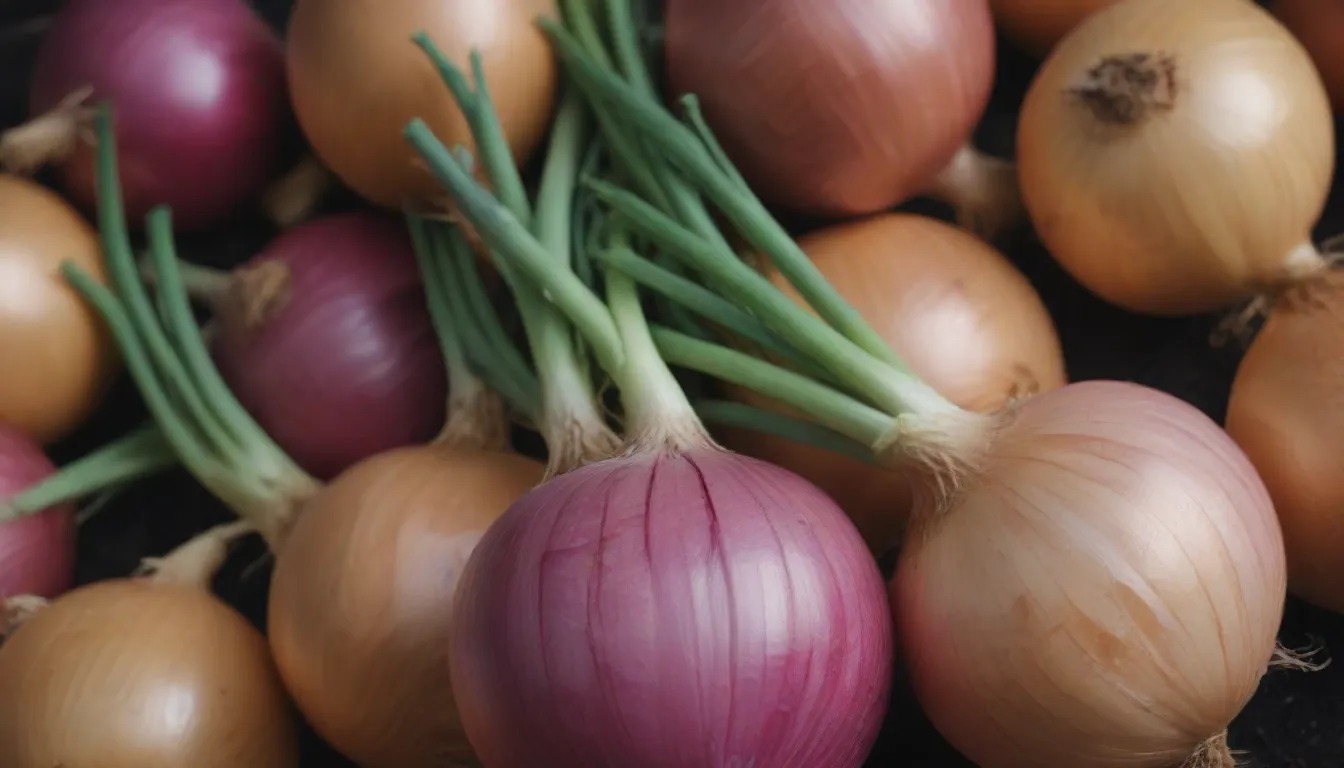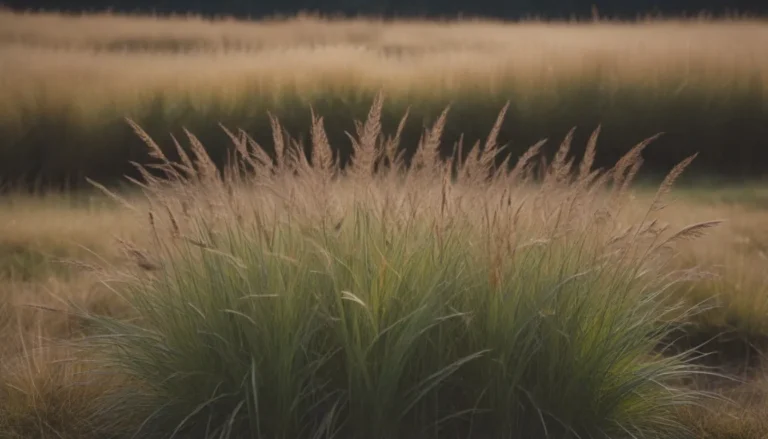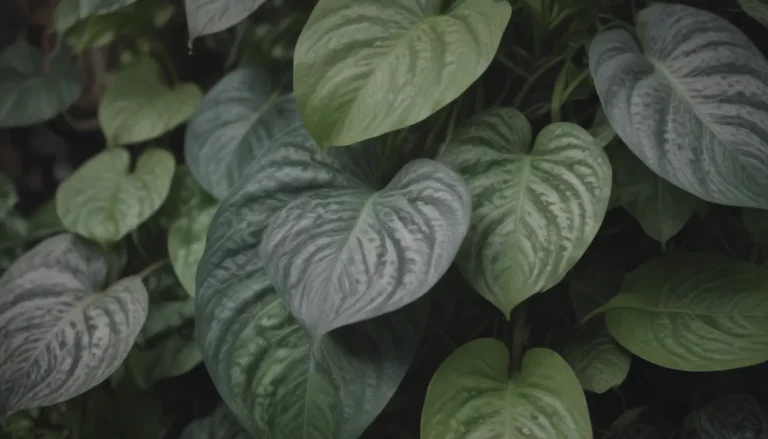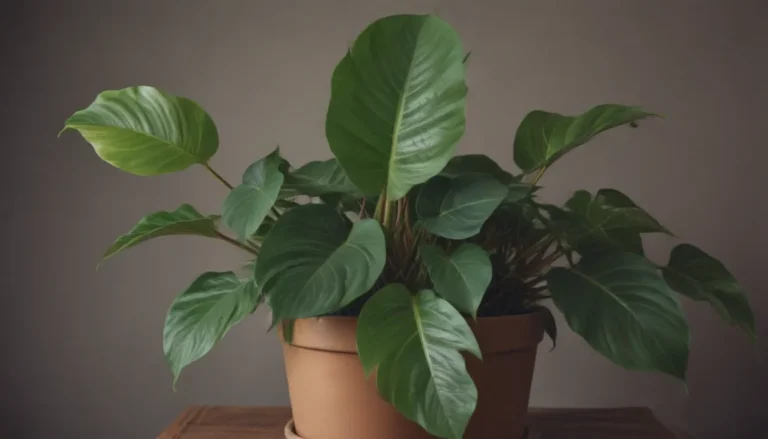The Ultimate Guide to Growing and Caring for Onions

Are you interested in growing your own onions but don’t know where to start? Maybe you’ve tried before but ran into some problems along the way. In this comprehensive guide, we’ll explore everything you need to know about successfully growing and caring for onions. From selecting the right planting site to harvesting your bulbs, we’ve got you covered with valuable information every step of the way.
Understanding Onions
Before we dive into the nitty-gritty of growing onions, let’s take a moment to appreciate these versatile vegetables. Onions are a biennial bulb plant with hollow, tubular, blue-green leaves. They require lots of sunlight, well-draining soil, and nitrogen-rich fertilizer to thrive. Keep in mind that onions are toxic to pets due to their chemical compounds, so be mindful of where you plant them.
How to Plant Onions
When it comes to planting onions, timing is crucial. In the spring, when the ground thaws and temperatures remain above 28 degrees Fahrenheit, it’s the perfect time to get your onions in the ground. Choose a sunny spot with loose soil and a neutral pH for optimal growth. Whether you’re starting with seeds or seedlings, make sure to space your plants properly to allow room for their maturing growth.
- When to Plant: Spring or fall in warmer climates.
- Selecting a Planting Site: Choose a sunny spot with loose soil.
- Spacing, Depth, and Support: Follow specific spacing guidelines for sets and seeds.
Onion Care
Taking care of your onions is essential to ensure a bountiful harvest. From providing enough sunlight to watering correctly, here are some key care tips to keep in mind.
- Light: Onions need at least six hours of direct sunlight per day.
- Soil: Ensure the soil is well-drained and rich in organic matter.
- Water: Give your onions 1 inch of water per week, but avoid overwatering.
- Temperature and Humidity: Optimal growing conditions are between 68 to 77 degrees Fahrenheit.
- Fertilizer: Regularly fertilize with a high-nitrogen fertilizer to support growth.
Types of Onions
Did you know there are different types of onions to choose from? Short-day, long-day, and day-neutral onions each have their own unique characteristics suited to specific climates. When selecting onion sets or transplants, make sure to choose the right variety based on your climate for the best results.
Onions vs. Garlic
Onions and garlic are closely related plants that require similar growing conditions. While they both produce edible bulbs, garlic bulbs tend to mature at a smaller size compared to onions. Understanding the differences between these two popular vegetables can help you make informed decisions in your garden.
Harvesting and Storage
When it’s time to harvest your onions, knowing the right techniques can make a significant difference in the quality of your harvest. Whether you’re harvesting at full maturity or as green onions, proper handling is key to preserving your crop.
- Harvesting: Wait for half of the top leaves to collapse before harvesting.
- Storage: Cure onions in a warm, dry spot before hanging them in a cool, dry area.
How to Grow Onions in Pots
If you’re limited on garden space or want more control over your onion’s growing conditions, growing them in pots can be a great alternative. With the right container and proper care, you can enjoy a successful onion harvest right on your patio or balcony.
- Choose a deep container with drainage holes.
- Plant multiple onions with adequate spacing.
- Use a quality potting mix with good drainage.
Common Pests and Plant Diseases
Despite their reputation for being challenging to grow, onions are relatively straightforward once you understand the common pests and diseases that could affect them. From rot to onion root maggots, being proactive in preventing and treating these issues can help ensure a healthy onion crop.
- Rot: Watch out for signs of rot and address the issue promptly.
- Splitting: Ensure consistent watering to prevent splitting.
- Thrips: Keep an eye out for thrips and control populations early.
- Onion Root Maggots: Practice good garden hygiene to prevent infestations.
Conclusion
In conclusion, growing and caring for onions can be a rewarding experience with the right knowledge and techniques. By paying attention to planting timing, soil quality, and proper care practices, you can enjoy a bountiful harvest of fresh, flavorful onions right from your garden. Whether you’re a novice gardener or seasoned pro, these tips and tricks will help you succeed in cultivating healthy onions year after year.
So why wait? Get your hands dirty and start growing your own onions today! Happy gardening!





